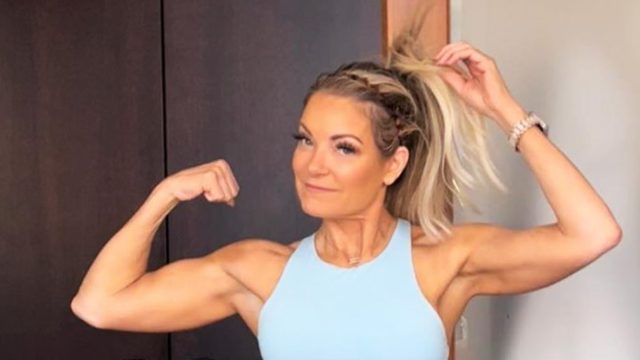4 Simple Truths to Stay Fit in Your 50s
Just because you are in your 50s doesn't mean you can't get into the best shape of your life. However, you might need to change your approach to diet and fitness. Jenelle Summers is an over-50 fitness influencer and "Mind + Body trainer" who shares her tips and tricks to staying fit with her social media followers. In a recent Instagram post she gets super real about "simple TRUTHS" to staying fit in your 50s.
There Isn't a One-Size-Fits-All Approach to Health
Jenelle starts by explaining that there isn't a one-size-fits-all approach to health. "Not everyone can walk an hour a day. Not everyone needs less cardio. Not everyone needs to lift heavy weights. Not everyone needs to do long cardio sessions. Not everyone needs to do more zone 2 cardio," she writes across the Instagram video.
But, Everyone Needs to "Self-Asses and Self-Test"

"Here's what everyone needs to do," she continues. "Everyone needs to self-assess & self-test 🎯 It's not what most wanna hear🙉 🤷🏼♀️ but it's THE TRUTH. And I can help you with that!" She then goes on to outline her 4 "simple TRUTHS."
1. You Need to Consistently Strength Train
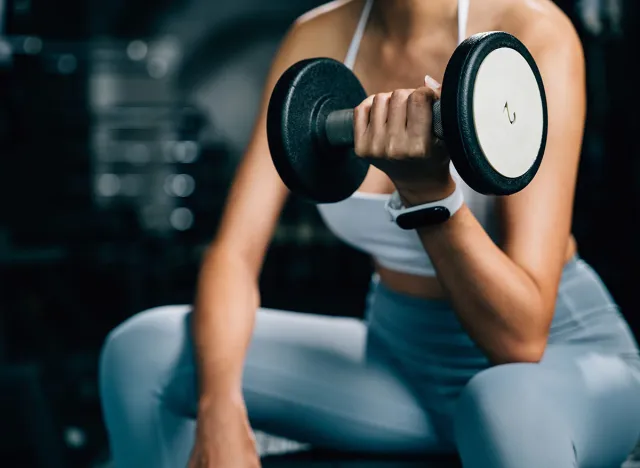
The first truth is that you need to start lifting weights. "Strength training that is CONSISTENT & CHALLENGING is key to maintaining & growing muscle. ESPECIALLY as we age!! BUT it's not a 1-program fits all situations & lifestyles ☝🏼Other factors play a role," she writes.
What Science Says About Strength Training
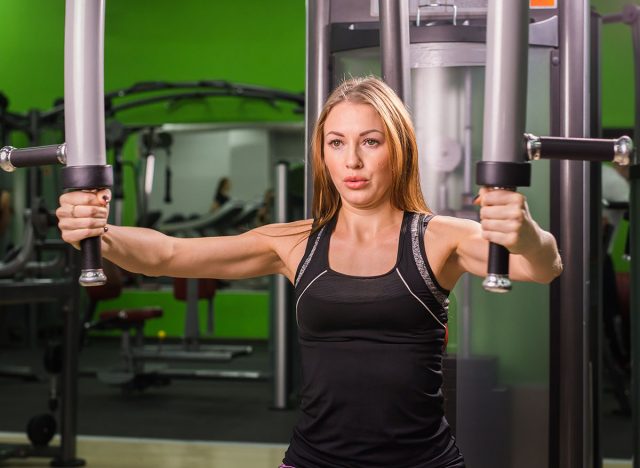
Science and research supports strength training as one of the most effective workouts. According to the Mayo Clinic, strength and weight training help reduce body fat, preserve and increase lean muscle mass, and burn calories more efficiently. Strength training may also help you develop strong bones, manage your weight, enhance your quality of life, manage chronic conditions, and sharpen your thinking skills>
2. Practice Nutritional Balance
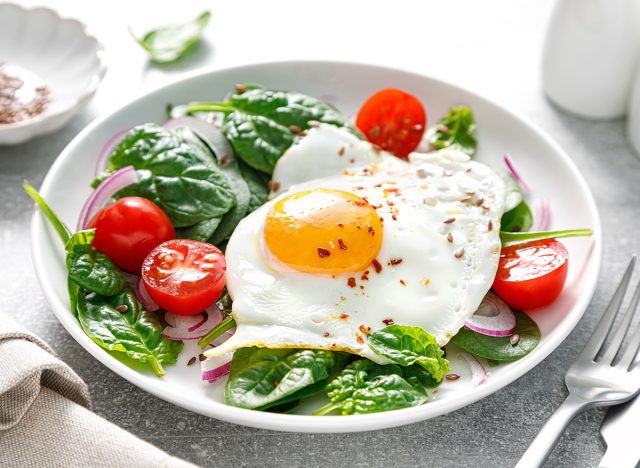
Her second truth? "Processed foods are wreaking havoc on our bodies & gut health," she writes. But "food FEAR" is also on the rise too. "STRESS about 'food rules; may be more detrimental than the food itself 🤷🏼♀️ There's a healthy BALANCE for you. I help you find a nutrition plan that works for YOU," she says.
What Are the Worst Ultra Processed Foods, Anyway?
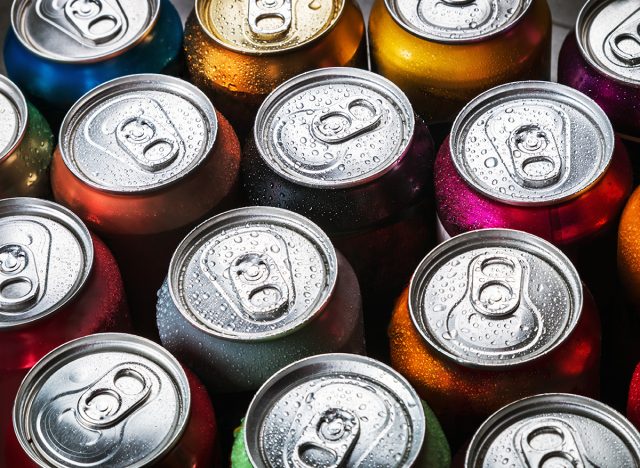
How bad are ultra-processed foods? One new study found that consuming more ultra-processed foods can actually shorten your lifestyle by a whopping 10 percent. The category includes soft drinks (even diet sodas), highly processed meats, and refined grains.
3. Focus on Gut, Hormone, and Mental Health

According to Jenelle, "gut, hormone, and mental health MATTER," she writes. "Clean up your diet AND drinking habits for BIG results. Control blood sugar better – GAME CHANGER."
Weight Loss Is More Than Just Diet and Exercise
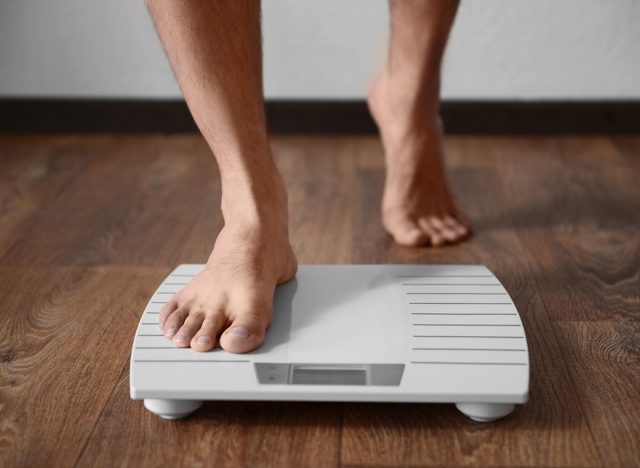
Experts are unanimous that it takes more than just diet and exercise to get in shape and stay healthy. This is why you should consider speaking with a doctor before embarking on a weight loss journey and getting a metabolic panel done.
4. Make Sure to Move
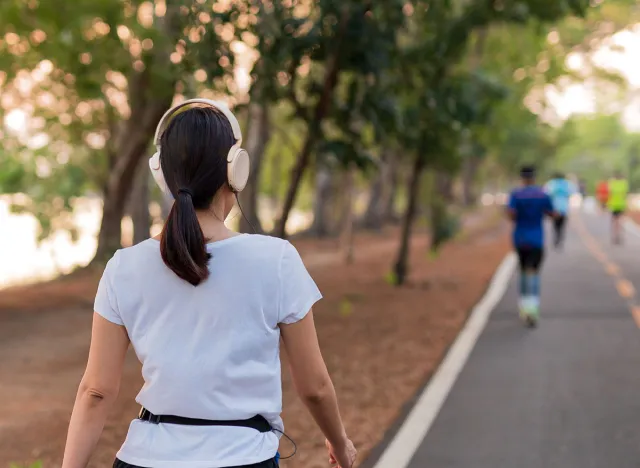
And lastly, "MOVEMENT every day matters," she says. "Get steps in! But not everyone can workout 1hour/day or walk MILES. It's ok!! 🙌🏼 Even a 20-minute daily workout that incorporates strength, flexibility, cardio & stress reduction 🧘🏼♀️(lower cortisol may be what you NEED) + simple nutrition, might be YOUR best solution this summer."
Why Should You Take a Daily Walk?

According to one study published in JAMA Internal Medicine, daily walking is a game changer. Researchers found that walking at a brisk pace for about 30 minutes a day led to a reduced risk of heart disease, cancer, dementia and death, compared with walking a similar number of steps but at a slower pace. And if you enjoyed this article, don't miss 12-3-30 Walking Method: 20 Proven Tips to Lose Weight Faster.
